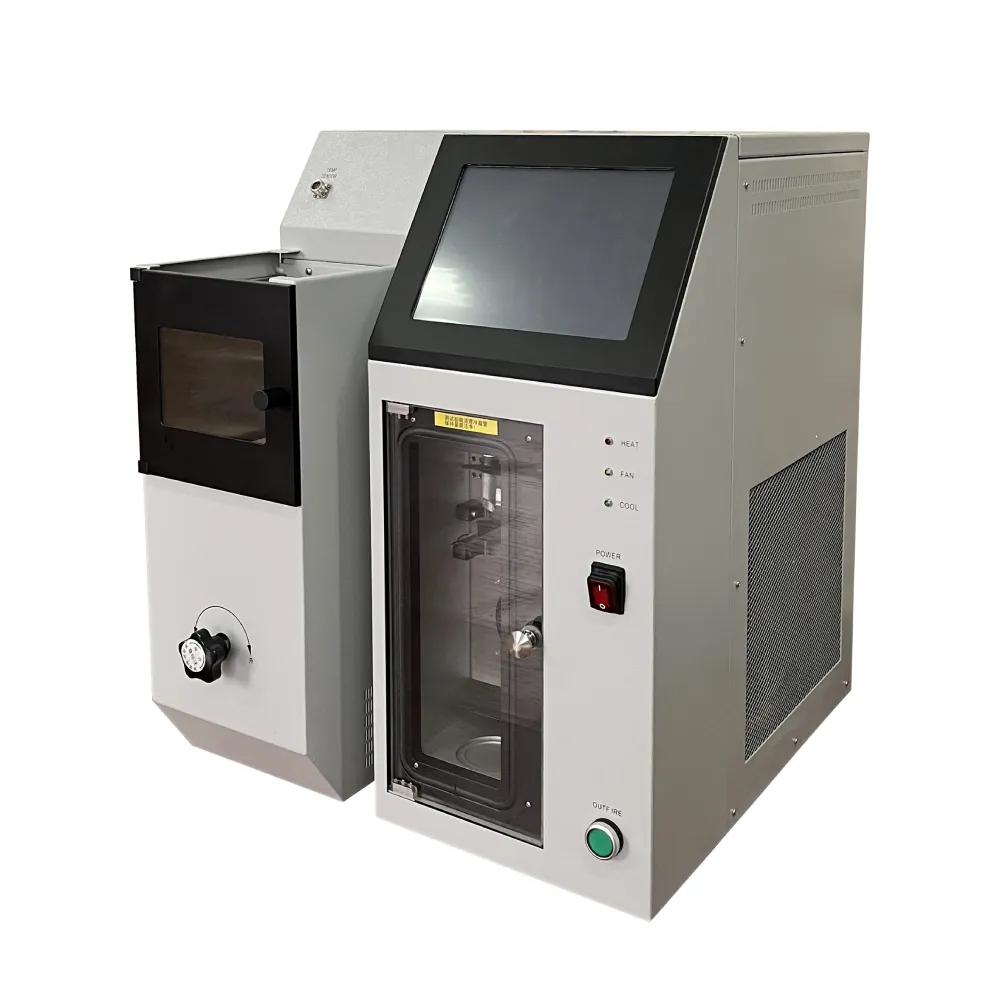 English
English



-
 Afrikaans
Afrikaans -
 Albanian
Albanian -
 Amharic
Amharic -
 Arabic
Arabic -
 Armenian
Armenian -
 Azerbaijani
Azerbaijani -
 Basque
Basque -
 Belarusian
Belarusian -
 Bengali
Bengali -
 Bosnian
Bosnian -
 Bulgarian
Bulgarian -
 Catalan
Catalan -
 Cebuano
Cebuano -
 China
China -
 China (Taiwan)
China (Taiwan) -
 Corsican
Corsican -
 Croatian
Croatian -
 Czech
Czech -
 Danish
Danish -
 Dutch
Dutch -
 English
English -
 Esperanto
Esperanto -
 Estonian
Estonian -
 Finnish
Finnish -
 French
French -
 Frisian
Frisian -
 Galician
Galician -
 Georgian
Georgian -
 German
German -
 Greek
Greek -
 Gujarati
Gujarati -
 Haitian Creole
Haitian Creole -
 hausa
hausa -
 hawaiian
hawaiian -
 Hebrew
Hebrew -
 Hindi
Hindi -
 Miao
Miao -
 Hungarian
Hungarian -
 Icelandic
Icelandic -
 igbo
igbo -
 Indonesian
Indonesian -
 irish
irish -
 Italian
Italian -
 Japanese
Japanese -
 Javanese
Javanese -
 Kannada
Kannada -
 kazakh
kazakh -
 Khmer
Khmer -
 Rwandese
Rwandese -
 Korean
Korean -
 Kurdish
Kurdish -
 Kyrgyz
Kyrgyz -
 Lao
Lao -
 Latin
Latin -
 Latvian
Latvian -
 Lithuanian
Lithuanian -
 Luxembourgish
Luxembourgish -
 Macedonian
Macedonian -
 Malgashi
Malgashi -
 Malay
Malay -
 Malayalam
Malayalam -
 Maltese
Maltese -
 Maori
Maori -
 Marathi
Marathi -
 Mongolian
Mongolian -
 Myanmar
Myanmar -
 Nepali
Nepali -
 Norwegian
Norwegian -
 Norwegian
Norwegian -
 Occitan
Occitan -
 Pashto
Pashto -
 Persian
Persian -
 Polish
Polish -
 Portuguese
Portuguese -
 Punjabi
Punjabi -
 Romanian
Romanian -
 Russian
Russian -
 Samoan
Samoan -
 Scottish Gaelic
Scottish Gaelic -
 Serbian
Serbian -
 Sesotho
Sesotho -
 Shona
Shona -
 Sindhi
Sindhi -
 Sinhala
Sinhala -
 Slovak
Slovak -
 Slovenian
Slovenian -
 Somali
Somali -
 Spanish
Spanish -
 Sundanese
Sundanese -
 Swahili
Swahili -
 Swedish
Swedish -
 Tagalog
Tagalog -
 Tajik
Tajik -
 Tamil
Tamil -
 Tatar
Tatar -
 Telugu
Telugu -
 Thai
Thai -
 Turkish
Turkish -
 Turkmen
Turkmen -
 Ukrainian
Ukrainian -
 Urdu
Urdu -
 Uighur
Uighur -
 Uzbek
Uzbek -
 Vietnamese
Vietnamese -
 Welsh
Welsh -
 Bantu
Bantu -
 Yiddish
Yiddish -
 Yoruba
Yoruba -
 Zulu
Zulu
Testing Procedures for Dry Type Transformers in Electrical Applications
Understanding Dry Transformer Testing Importance and Procedures
Dry transformers are an integral part of electrical power systems, widely used in various applications for their efficiency and reliability. Testing these transformers is critical to ensure their functionality and safety, as well as to prolong their lifespan. This article delves into the significance of dry transformer testing, exploring the associated procedures and methodologies that help in assessing the condition and performance of these vital components.
Importance of Dry Transformer Testing
Testing dry transformers is essential for numerous reasons. First and foremost, it helps in identifying any potential faults or weaknesses in the transformer's construction or insulation. This proactive approach can prevent catastrophic failures, which not only lead to costly repairs but may also result in extended downtimes and potential safety hazards.
Moreover, regular testing assists utility companies and facility managers in maintaining optimal performance. By identifying issues early, organizations can carry out preventative maintenance, ensuring that their transformers can handle the operational demands placed on them. This leads to improved reliability and efficiency, ultimately contributing to lower operational costs.
In addition, regulatory compliance is another crucial factor that drives transformer testing. Many industries face strict regulations regarding electrical equipment safety and performance. Regular testing helps organizations demonstrate compliance with these regulations, thereby avoiding potential fines and legal repercussions.
Testing Procedures
The testing of dry transformers can be categorized into several key procedures, each focusing on different aspects of the transformer's condition. The following are some of the most common testing methods utilized in the industry
dry transformer testing

1. Insulation Resistance Testing This test evaluates the integrity of the insulation materials used in the transformer. By applying a high DC voltage, inspectors can measure the insulation resistance, which helps identify any degradation or faults that could lead to failures.
2. Power Factor Testing This procedure assesses the power factor angle, which indicates the relationship between the voltage and current in the transformer. Low power factor readings can signal insulation problems or other electrical issues that may require further investigation.
3. Winding Resistance Testing By measuring the resistance of the windings, this test provides insight into the condition of the wires within the transformer. Any unusual readings can indicate winding failures or connections that require attention.
4. Current Transformer Testing Current transformers play a critical role in energy metering and protection. Testing assesses the transformer's performance, ensuring that it accurately measures current and operates properly under varying conditions.
5. Thermal Imaging This non-invasive technique uses thermal cameras to visualize heat patterns in the transformer. By detecting hot spots which may suggest excessive heating, thermal imaging helps pinpoint potential problems early on.
6. Dissolved Gas Analysis (DGA) For transformers with mineral oil, DGA is a vital testing method. It involves sampling the insulating oil to analyze the gases dissolved within it, identifying possible internal faults through the detection of specific gas types and concentrations.
Conclusion
In conclusion, dry transformer testing is a crucial practice that ensures the efficient and safe operation of electrical power systems. By employing various testing methodologies, organizations can identify potential issues before they escalate into major problems, thus safeguarding equipment and reducing unplanned outages. The long-term benefits of regular testing, integrated with compliance requirements, further underscore its importance in industrial and utility settings. Adopting these practices not only enhances reliability but also fosters a culture of safety and maintenance within organizations. As technology advances, continuous improvements in testing techniques are essential for maintaining the performance and safety of dry transformers in today’s demanding environments.
-
Testing Equipment Industry Sees Major Advancements in 2025: Smart & Precision Technologies Lead the WayNewsJun.06,2025
-
Applications of Direct Current Generators in Renewable Energy SystemsNewsJun.05,2025
-
Hipot Tester Calibration and Accuracy GuidelinesNewsJun.05,2025
-
Digital Circuit Breaker Analyzer Features and BenefitsNewsJun.05,2025
-
Benefits of Real-Time Power Quality Monitoring Devices for Industrial EfficiencyNewsJun.05,2025
-
Earth Fault Loop Testing in High-Rise Building Electrical SystemsNewsJun.05,2025



